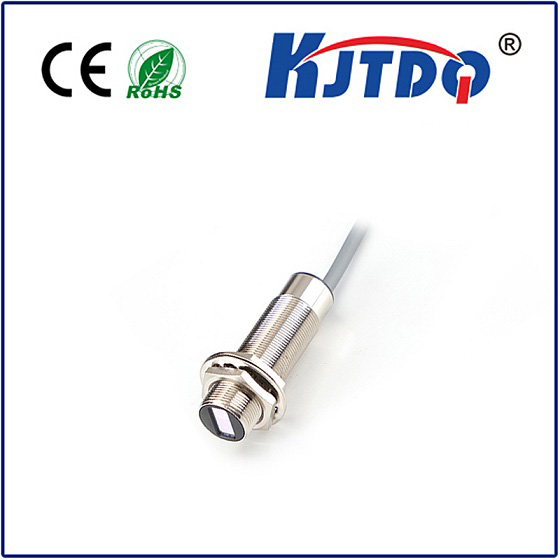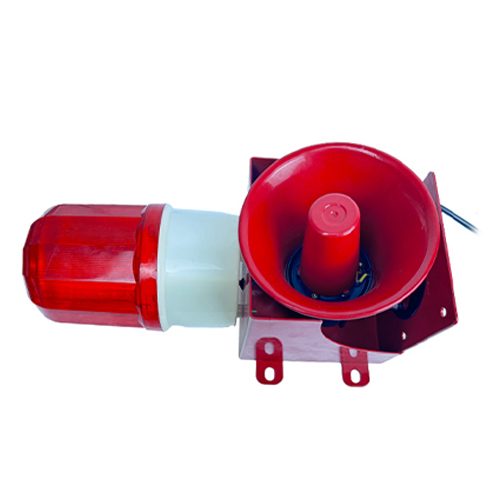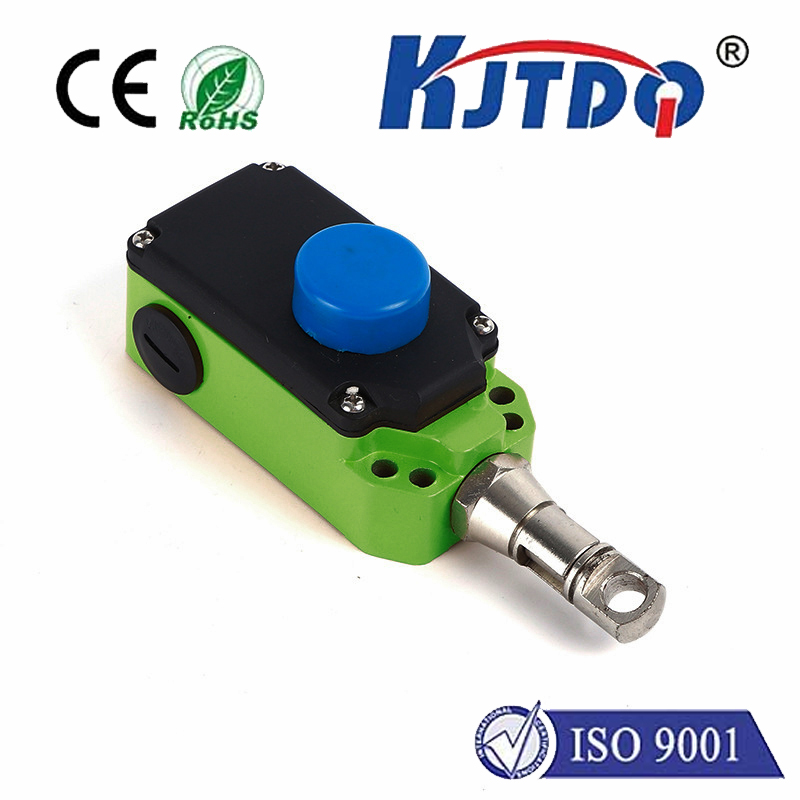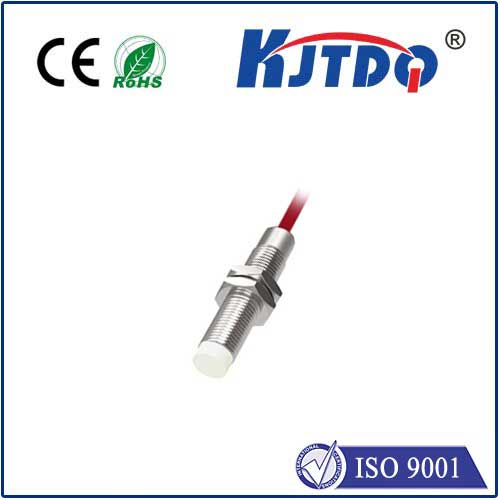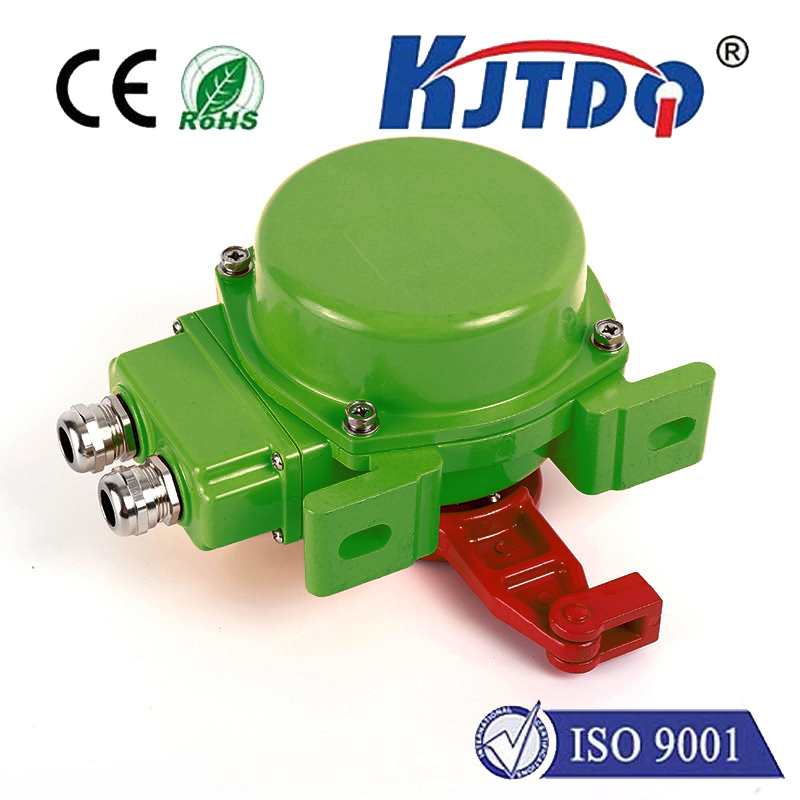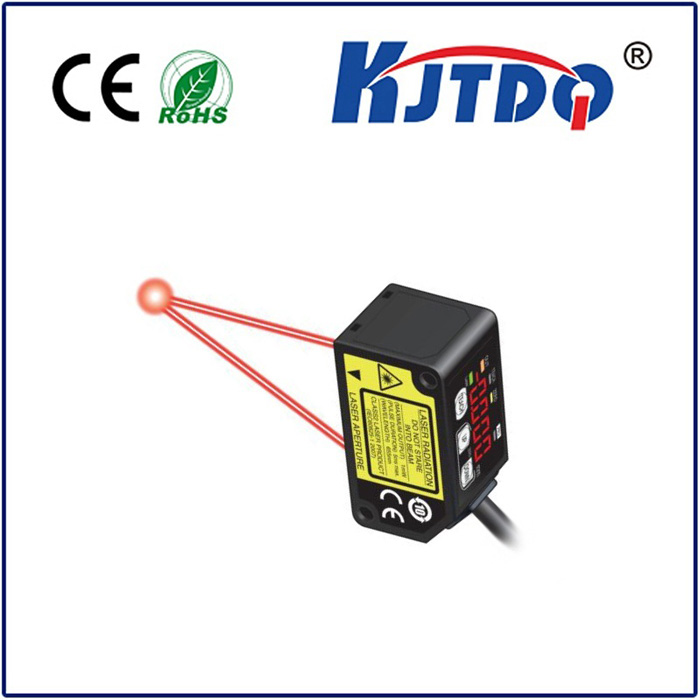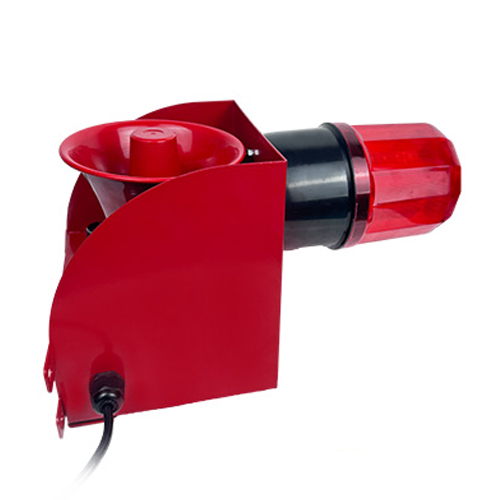24v proximity sensor
- time:2025-07-02 01:18:35
- Click:0
The Silent Guardian: Why the 24V Proximity Sensor Powers Modern Automation
Imagine a sprawling factory floor. Robots weld with blinding speed, conveyor belts snake endlessly, and packaging machines whirr in perfect synchrony. Yet, hidden within this orchestrated chaos are countless silent sentinels – proximity sensors. And among the most ubiquitous and critical is the 24V proximity sensor. Its role is deceptively simple: detect the presence or absence of an object without physical contact. But its impact on efficiency, safety, and reliability within industrial automation is profound. This article dives into why the 24V DC variant has become the unsung hero of countless automated systems worldwide.
At its core, a proximity sensor is an electronic device. It emits an electromagnetic field or beam (light, ultrasonic) and detects changes caused when a target object enters its sensing range. Inductive proximity sensors, the most common type detecting metallic objects, rely on an electromagnetic field. Capacitive types detect both conductive and non-conductive materials, while photoelectric sensors use light beams. What unites them in the industrial realm, however, is often their 24V DC operating voltage. But why is this specific voltage so dominant?
The Rise of the 24VDC Standard: Safety and Stability
Historically, factories relied heavily on higher AC voltages (like 110VAC or 240VAC) for control circuits. This presented significant safety hazards – risks of electric shock were higher during troubleshooting or maintenance. The shift towards 24V DC power for control systems, including sensors, was driven by crucial advantages:

- Enhanced Safety: 24V DC is generally considered a safe extra-low voltage (SELV). The risk of severe electric shock is dramatically minimized, making work environments safer for personnel interacting with machinery.
- Superior Noise Immunity: Industrial environments are electrically noisy. Motors, drives, and switching equipment generate significant electromagnetic interference (EMI). 24V DC circuits exhibit inherently better noise immunity compared to AC circuits or lower DC voltages. This immunity translates directly to reliability, reducing false triggers and ensuring consistent sensor operation critical for process integrity.
- Compatibility & Standardization: The widespread adoption of Programmable Logic Controllers (PLCs) solidified 24VDC as the de facto standard. PLC input/output (I/O) modules are predominantly designed for 24VDC sensors and actuators. This standardization simplifies system design, component sourcing, wiring, and maintenance across vast automation landscapes. Using 24V proximity sensors ensures plug-and-play compatibility.
- Energy Efficiency: Lower voltage systems typically consume less power for equivalent control logic functions compared to higher voltage AC systems, contributing to overall energy savings.
- Longer Cable Runs: While distance limitations exist, 24V DC signals generally tolerate longer cable runs without significant signal degradation compared to lower DC voltages, offering more flexibility in system layout.
Understanding How Your 24V Proximity Sensor Connects: NPN vs. PNP
A key aspect of integrating a 24V proximity sensor is understanding its output configuration. This determines how it connects to the PLC or control system input. The two primary types are defined by the transistor technology used:
- PNP (Sourcing) Output: When the sensor detects a target, the output signal line switches to +24V DC, effectively sourcing the voltage to the PLC input. The PLC input common is typically connected to 0V (ground).
- NPN (Sinking) Output: When the sensor detects a target, the output signal line switches to 0V (ground), effectively sinking current from the PLC input. The PLC input common is typically connected to +24V DC.
Choosing the correct type (PNP or NPN) is absolutely critical and depends entirely on the specific PLC input module’s requirements. Mismatching the sensor output type with the PLC input configuration will result in malfunction. Always consult your controller’s documentation!
Key Features & Benefits Driving Adoption
Beyond the core voltage advantage, modern 24V proximity sensors offer compelling features:
- Robust Construction: Engineered for harsh industrial environments. They typically feature stainless steel or nickel-plated brass housings, offering excellent resistance to impacts, vibrations, chemicals, oils, and cutting fluids. Many boast high IP (Ingress Protection) ratings (e.g., IP67, IP69K), ensuring reliable operation in dusty or washdown environments like food processing.
- Non-Contact Operation: Eliminates mechanical wear, leading to significantly longer service life and reduced maintenance needs compared to mechanical limit switches. They are ideal for detecting delicate objects or in high-speed applications where physical contact is impractical.
- High Switching Frequencies: Modern sensors can detect objects rapidly, making them perfect for high-speed counting, positioning, and sorting tasks on fast-moving production lines.
- Multiple Sensing Ranges: Available with sensing distances ranging from millimeters to several centimeters, allowing precise selection for the application.
- LED Status Indicators: Built-in LEDs provide visual confirmation of power and target detection, simplifying installation, commissioning, and troubleshooting.
- Versatility: While inductive sensors dominate metal detection, 24V DC versions are readily available in photoelectric, capacitive, and ultrasonic types, covering a vast array of detection needs for different materials (metal, plastic, glass, liquid).
Why Reliability Equals Productivity: The Automation Advantage
The true value of the 24V proximity sensor lies in its contribution to overall system performance. When thousands of these sensors operate reliably across a factory floor:
- Downtime is Minimized: Robust construction and high noise immunity mean fewer failures and unexpected stops.
- Process Accuracy is Ensured: Precise, repeatable detection prevents errors in assembly, positioning, and sorting.
- Safety Systems Function Correctly: Used in safety interlocks (e.g., ensuring guards are closed), reliability is non-negotiable.
- Maintenance Costs are Reduced: Long lifespan and non-contact operation lower the total cost of ownership.
From Conveyors to Robotics: Diverse Applications
You’ll find 24V proximity sensors virtually everywhere automation exists:
- Assembly Lines: Detecting component presence, verifying correct placement, counting parts.
- Material Handling: Monitoring position on conveyors, detecting pallets, controlling gate actuators.
- Packaging Machinery: Ensuring product is present before sealing, detecting filled containers, monitoring film feed.
- Machine Tools: Tool presence detection, workpiece positioning, guarding safety interlocks.
- Robotics: End-of-arm tooling confirmation, part positioning feedback, safety zone monitoring.
- Automotive Manufacturing: Countless position verifications, part transfers, and safety checks.
- Food & Beverage: Stainless steel variants sensing cans, bottles, or caps in washdown environments.






